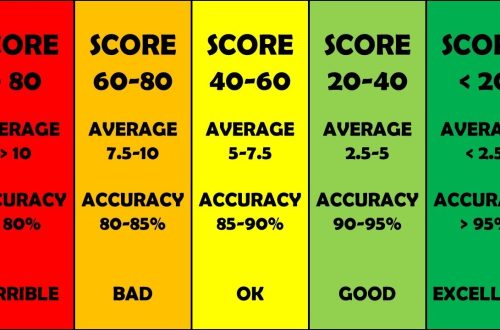
Undecimachords
Contents
What are the chords for musical “gourmets”?
We continue to consider chords consisting of a large number of notes.
Undecimachord
This is a chord consisting of six sounds arranged in thirds. The extreme sounds of the chord make up the interval “undecima”. We can say that an undecimal chord is formed by adding a third from above to a nonchord (or by adding two thirds to a seventh chord). An undecimaccord is usually built at the 5th degree.
Undecimal chord notation
Consider an undecimal chord as a non-chord with a third on top. If a large nona is included in the non-chord, then the undecimaccord is indicated by the number 11. If a small nona is present in the non-chord, then the number 9 is added to the name of the chord, in addition to the number 11.
Here is an example (C11 chord) in the picture below:

Figure 1. An example of an undecimal chord (C11)
Undecimachord resolution
A large undecimaccord (there is a large nona in its non-chord) resolves into a major tonic triad. The small undecimaccord (there is a small non in its non-chord) resolves into a minor tonic triad.
Undecimacchord inversions
The undecimaccord is usually used in the main form, the appeals are not used. Although in its main form, the undecimaccord is used quite rarely.
Results
You may not use undecimaccords in your compositions, but it is certainly useful to know about its existence.





